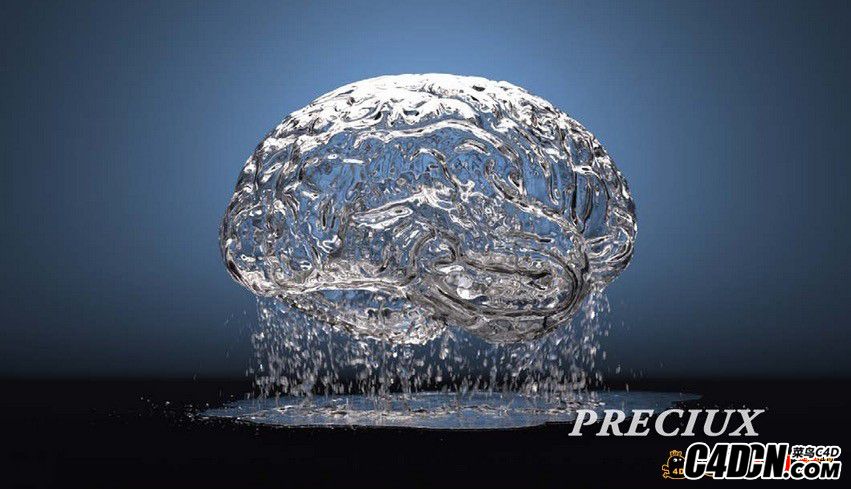

Stop worrying about objects intersecting with your emitters, or carefully scaling your pool walls to avoid gaps. Liquid PBD solver has been improved to reach SPH quality at the highest performance levels.

You can even use different offsets for objects from the same SD file. Get total control of your Alembic objects with the new parameters for tweaking their animation speed, offset and mode.ĭirect your objects animation timing without leaving RealFlow. Objects can be used to fade a daemon’s forces and control exactly how they should vanish.Īny object can be used to remove particles that are inside. Yes, this includes simulations from versions older than RealFlow 10! Particle Skinner is even better with the possibility of skinning simulations that have already been cached. The DYVERSO solver architecture has been redesigned to get the most out of the modern GPUs and multi-core CPUs. There are hundreds of issues fixed, improving the overall stability of the software, new features for a better workflow, useful new daemons and more! The HYBRIDO solver is also better in terms of speed and memory. Through explaining and categorizing these graphics tools and their primary appUcations, we hope to provide learners and researchers with different means and appUcation areas in computer graphics, and help them understand and use visualization, modeling, animation, simulation, virtual reality, and many online resources.RealFlow 10 introduces the new DYVERSO multiphysics solver, a highly-optimized CPU and GPU particles solver where different types of materials are simulated within the same framework and are able to interact with each other. The reference list may contain some inaccuracies, since new tools are constantly emerging VI Preface and old tools become obsolete. The purpose is to provide an exhaustive list of graphics tools with their major applications and functions. It categorizes current graphics tools according to their applications and provides many weblinks to important resources on the Internet. It covers all graphics basics and several advanced topics without including some implementation details that are not necessary in graphics applications. Overview This book aims to be a shortcut to graphics theory, programming, tools, and applications. Hopefully, if we know how a graphics system works and what basic functions many graphics tools provide, we can understand and employ some graphics tools without spending much precious time on learning all the details that may not be applicable, and we can become graphics experts through such a shortcut. More often than not, they choose the wrong software tools and end up with unsatisfactory results.

Many scientists in different disciplines realize the power of graphics, but are also bewildered by the complex implementations of a graphics system and numerous graphics tools.


 0 kommentar(er)
0 kommentar(er)
